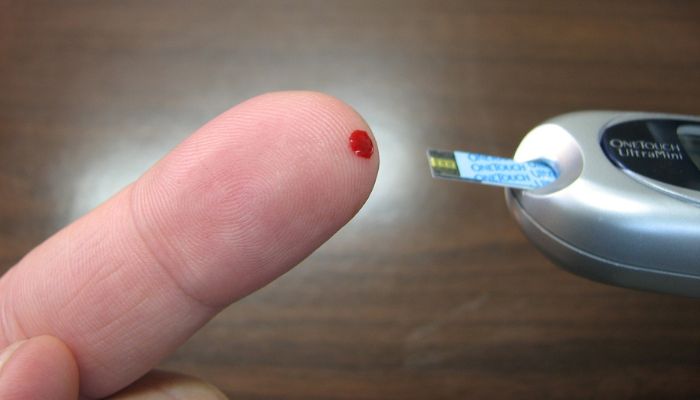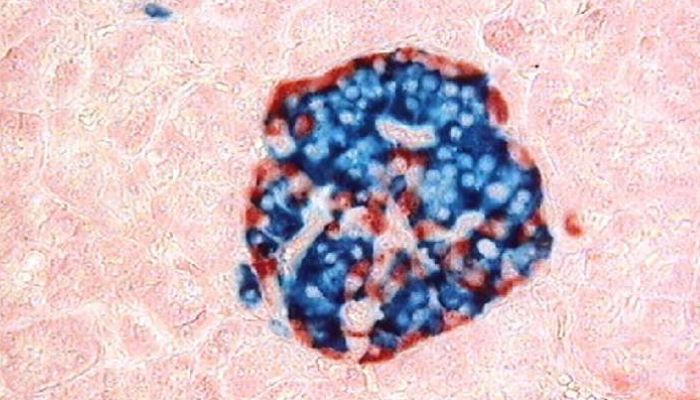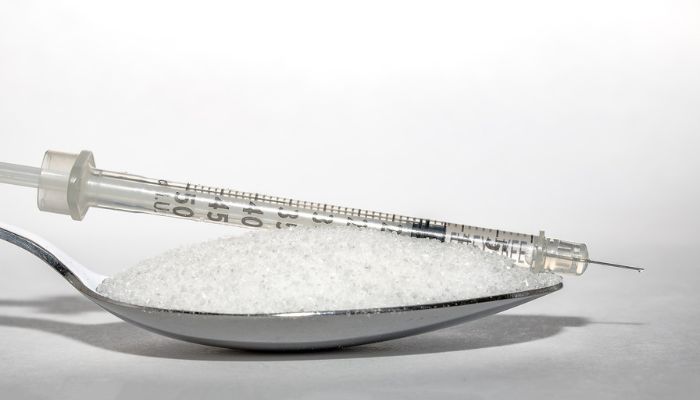3D Printed Human Islets for Better Treatment of Type 1 Diabetes

According to the WHO, over 800 million people worldwide suffer from diabetes. While type 2 diabetes can be prevented with a healthy diet and sufficient exercise, the causes of type 1 diabetes have not yet been fully researched. This type is an autoimmune disease that can break out suddenly. The body’s own islets can no longer produce enough insulin, as a result of which the body can no longer regulate blood sugar levels. To counteract the dramatic consequences of the failing fluctuations, those affected have to inject themselves with insulin several times a day and constantly monitor their blood sugar levels. Now, a new approach could provide a remedy: 3D printed islets made from the body’s own tissue!
International scientists have been researching a method to produce functional human islets using a 3D printing process. The results were presented last weekend at the ESOT Congress in London. Experts on site described the approach as “a turning point in diabetes care,” as the 3D printed islets represent an effective and less invasive alternative to conventional islet transplants.

People suffering from diabetes must constantly monitor their blood sugar levels and administer insulin injections themselves. (Image: Pixabay)
3D Printing of Human Islets
The 3D printed islets consist of a tailor-made bio-ink based on alginate and decellularized human tissue from the pancreas. The researchers succeeded in creating a dense and porous structure using the 3D printing process. This ensures an improved flow of oxygen and nutrients, which promotes cell health and has a positive effect on vascularization, essential prerequisites for proper functioning after a transplant.
“Our goal was to recreate the natural environment of the pancreas so that transplanted cells would survive and function better,” said lead author Dr. Quentin Perrier. “We used a special bioink that mimics the support structure of the pancreas, giving islets the oxygen and nutrients they need to thrive.” He also explained to the British Sunday Express: “We slowed down the printing process and reduced pressure so the cells wouldn’t be damaged.” Extreme caution was required, as Perrier added: “It was like handling glass – it had to be done gently, precisely and with the right materials.”
The laboratory tests yielded promising results. The 3D printed islets remained alive and functional for up to three weeks. The response to glucose was better than with other islet preparations and the 3D printed cells were able to release more insulin. Within three weeks, the cells adapted and improved in their ability to sense and respond to blood glucose levels. They showed a cell survival rate of 90 % – a strong potential for future use in a clinical context!

Human pancreatic islet, visualized with double immunostaining: colors: red = glucagon antibodies, blue = insulin antibodies. (Image: Afferent)
Islet transplants are usually performed via the liver. Although this approach is effective, it results in considerable cell loss. In addition, patients are dependent on available donors, and the procedure is a major challenge due to the high costs and complexity of the procedure. The situation is different with 3D printed islets. The cells from the printer can be implanted under the skin. This only requires a minor procedure and local anesthesia. Overall, the risk can be reduced in this way, and the minimally invasive procedure also means greater safety and comfort for those affected.
The End of Insulin Injection?
The key to the success of 3D printed islets is that they behave in the same way as their biological counterparts. Namely, they release insulin when the blood sugar level rises and stop supplying it when it falls. For this reason, the researchers also used human insulin cells as a model and did not experiment with insulin cells from pigs, as in other approaches. “This is one of the first studies to use real human islets instead of animal cells in bioprinting, and the results are incredibly promising,” noted Dr. Perrier. “We’re getting closer to creating an off-the-shelf treatment for diabetes that could one day eliminate the need for insulin injections.”
Whether the 3D printed insulin cells will actually replace daily injections is still questionable. However, there is no doubt that this is a concrete step in the right direction. You can find out more HERE.

3D-printed islets could herald the end of insulin injections. (Image: Pixabay)
What do you think of the 3D printed islets? Let us know in a comment below or on our LinkedIn and Facebook pages. Plus, sign up for our free weekly Newsletter to get the latest 3D printing news straight to your inbox. You can also find all our videos on our YouTube channel. Interested in more medical and dental 3D printing news? Visit our dedicated page HERE.
*Cover Photo Credit: Getty Images







